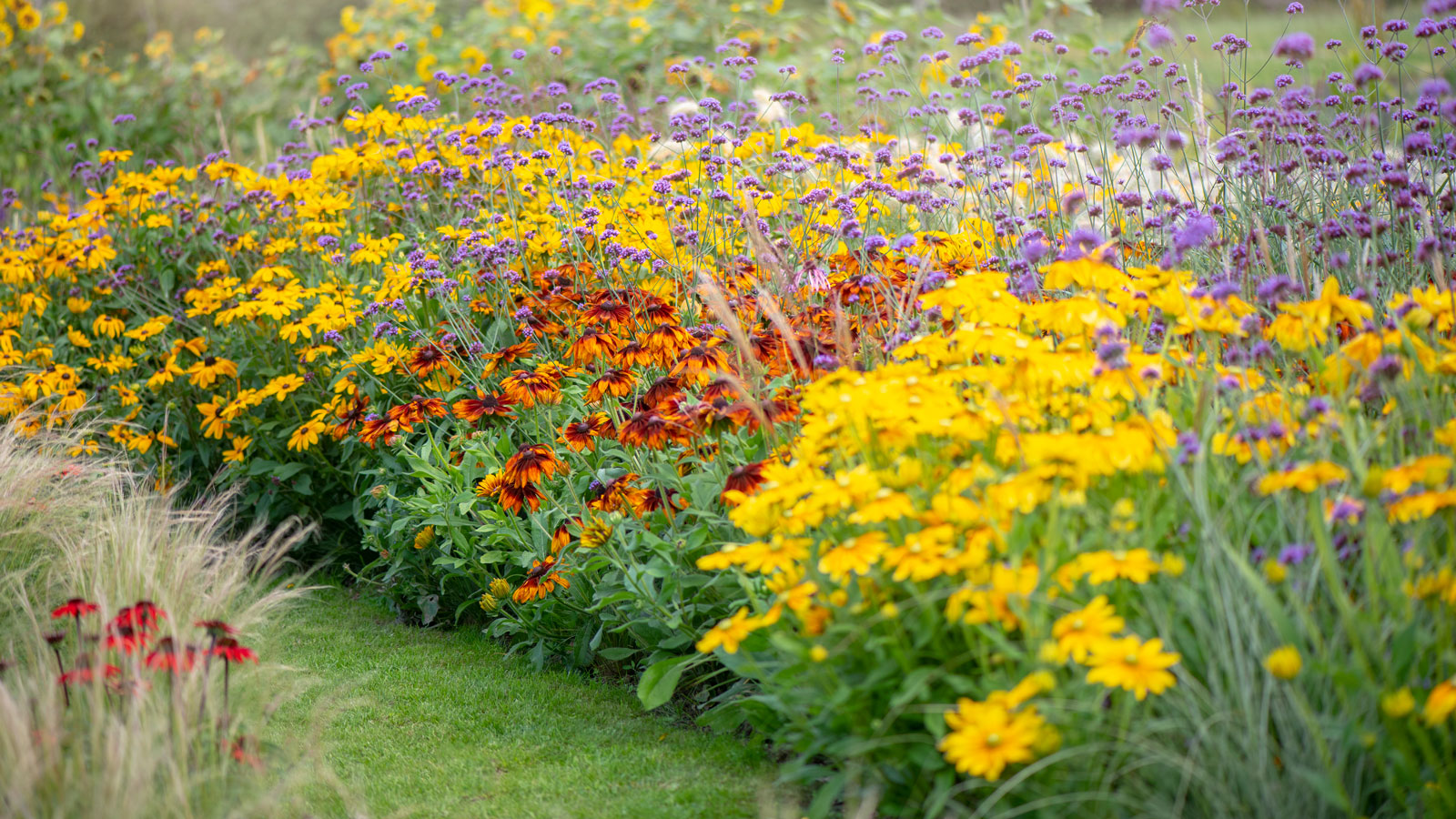
Perennial plants are gracious enough to greet our gardens with their bold colors and blooms year after year. It's important to take care of them if they look like they're going through a rough patch and one way to do this is by using the method of dividing or splitting.
Most perennial plants benefit from being divided every three to five years. Doing so helps their clumps stay healthy and vigorous, rejuvenating the plant as it will have more space for root growth and improved access to nutrients. This means you will get more flowers.
Here is everything you need to know if you want to find out how to divide perennials to increase your stock of plants as you journey to fill your flower beds with repeat patterns of color and texture.
How to divide perennials in 6 easy steps
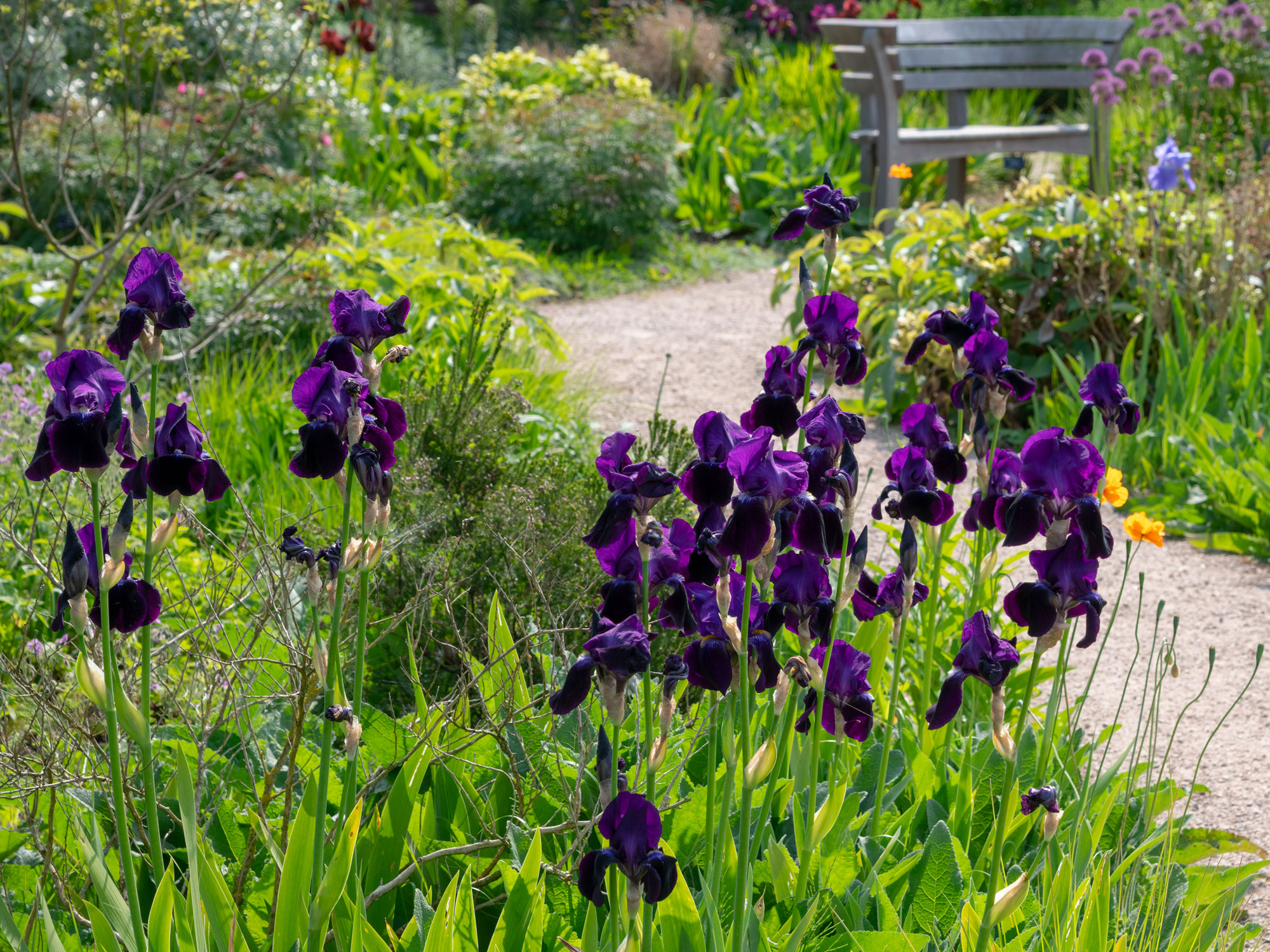
- Decide which plants you are planning on splitting and water them thoroughly the day before you intend to divide them to ensure they're well-hydrated. Prepare new planting holes in advance to accommodate the divisions. The soil should be weed-free and well-cultivated.
- Use a spade to dig up the whole clump you want to divide, trying to preserve as much of the root system as possible. Slice downwards all the way around the edge, then gently lever the plant up and out. Alternatively, if it’s a large clump that's impossible to dig up, use the spade to slice portions out of it.
- Use a sharp knife or a garden fork to divide the plant into smaller clumps, ensuring each division has healthy roots and shoots. You will be able to pull some apart with your fingers, especially if it's a plant with fibrous roots, while other more established clumps will require more effort to separate. Don’t divide up into sections that are too small as these will take longer to get re-established.
- Place each of the new plants in their holes, making sure they're at the same depth as they were previously. Water well to settle the soil and remove any air pockets.
- Apply a layer of mulch to the surface around your newly divided plants to conserve moisture and protect them from temperature fluctuations.
- Keep an eye on your new plants and water them regularly to check they get established before winter.
Why you should divide perennials
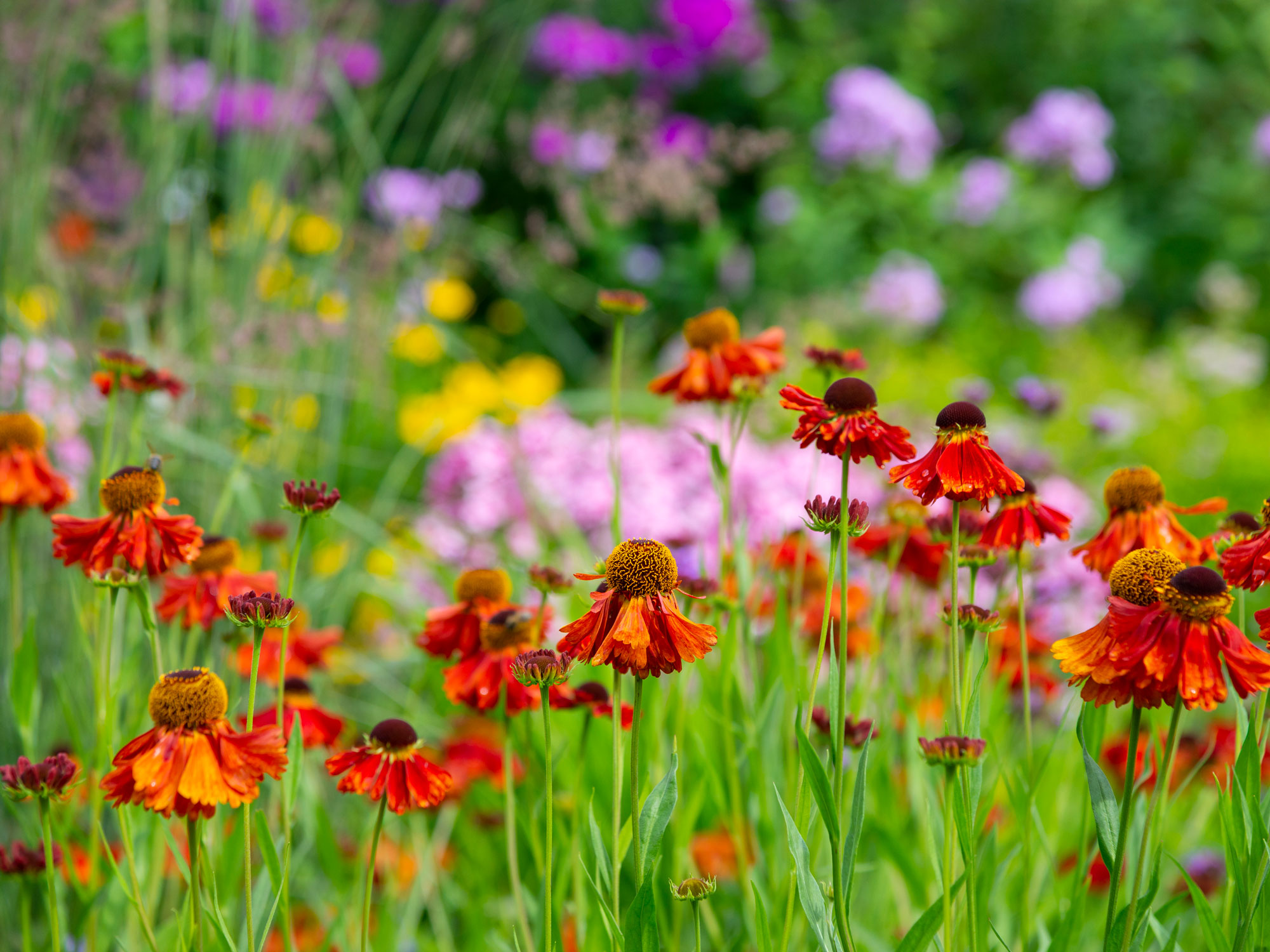
'Perennials are the dependable, slow and steady occupants of your flowerbeds,' says Jenny Rose Carey, plant expert and author of The Ultimate Flower Gardener's Guide. 'Many will keep growing and expanding, making wider clumps each year, with more flowers. In a few years you can split and divide to make additional plants for your garden.'
Dividing perennials ensures the health and longevity of plants while also giving you more plants to enhance your garden or share with friends.
Over time, perennial plants tend to become overcrowded. They may produce less flowers, have stunted growth, or even die out in the center as old and woody growth starts to dominate. All the young, healthy growth tends to be around the outside, forming a donut shape with an ugly bare patch in the middle.
Lifting and dividing the plant every couple of years, replanting portions taken from the outside and discarding the old parts from the center will keep the plant healthy.
Some pests and diseases can build up in the centre of a crowded perennial clump too. By dividing and spacing out your plants, you reduce the risk and make it easier to spot and sort out problems early on. Another option would be to add some pest control plants to your backyard to help protect your beloved blooms.
When is the best time to divide perennials?
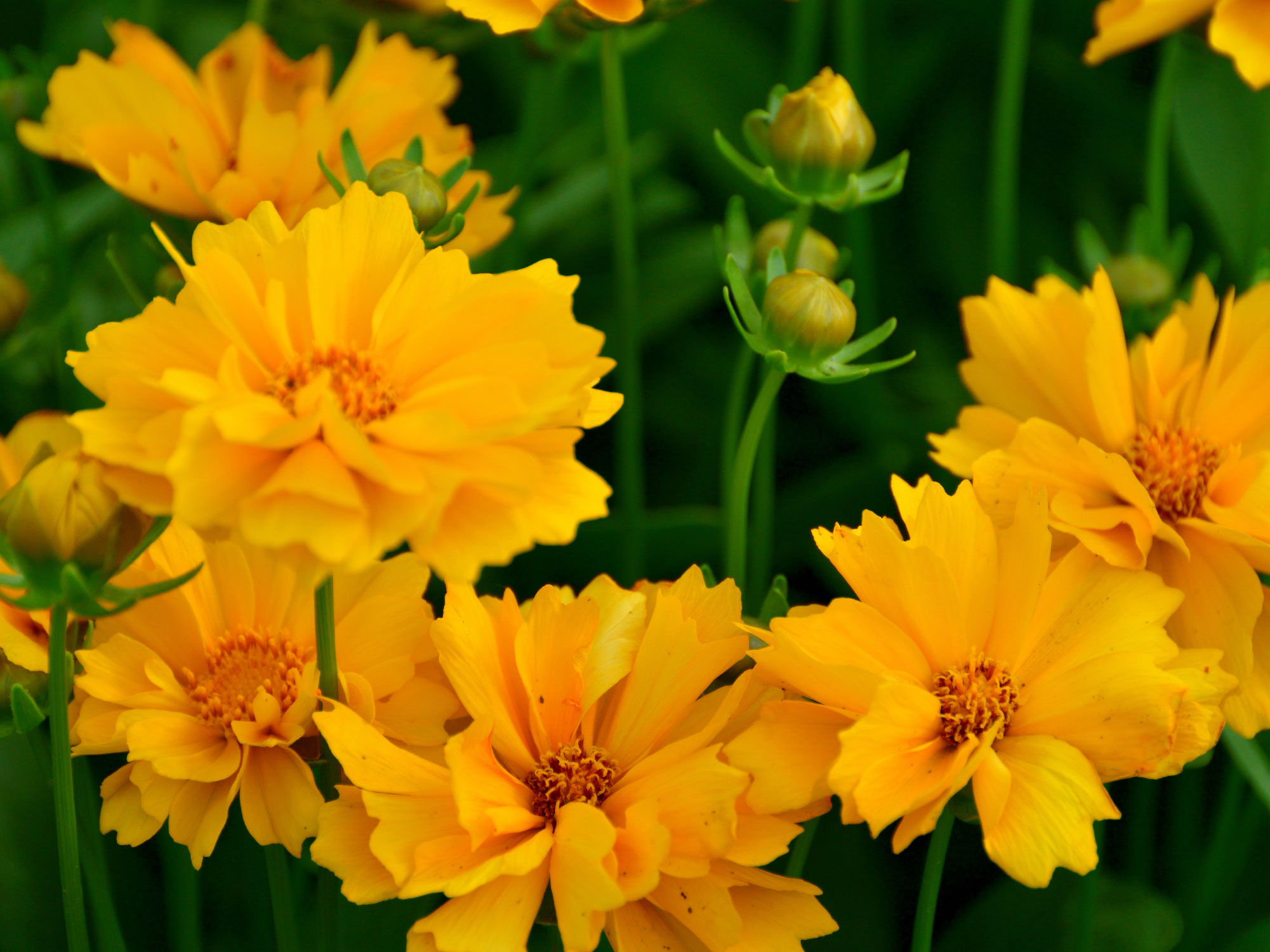
In general, it is best to divide spring and summer blooming flowers such as day lilies, salvia, peonies and iris in the fall, and fall bloomers such as coneflower, coreopsis and chrysanthemum in spring. By dividing the plant when it's not flowering, all the plant's energy can go into root and leaf production.
The easy rule is to use Midsummer Day as the decider: if a perennial flowers before Midsummer Day (June 24 this year) you should divide it in fall, which allows them plenty of time to recover. If it flowers after Midsummer Day you should divide in spring, just as the growth re-shoots.
Some perennials, such as day lilies, respond favorably to both spring and fall division.
Perennials to divide in spring

'With cooler weather and more-frequent rainfall, spring can provide favorable conditions for divided perennials to form new roots and foliage after being moved in the garden,' says Kristine Lang, assistant professor and horticulture specialist at South Dakota State University.
'With less foliage in the spring, there is less risk of transplant shock compared to dividing and moving perennials later in the growing season. Spring division also allows for an entire growing season for plants to recover ahead of winter.'
Some of our favorite plants to divide in spring include Aster, Bee Balm, Daylily, Chrysanthemum, Russian Sage and Yarrow.
Perennials to divide in fall
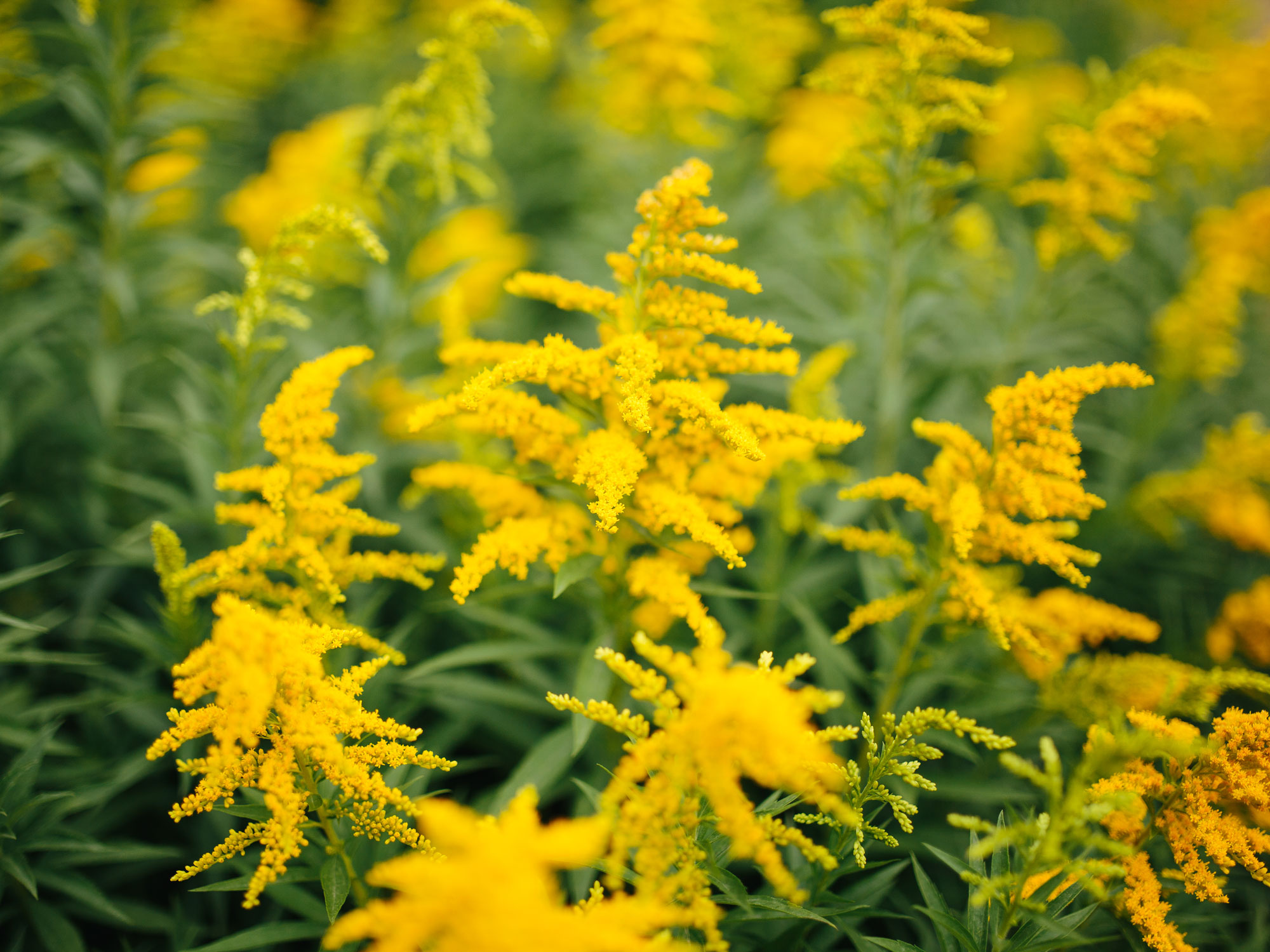
As your garden winds down, turn your attention to the perennials in your landscape as they may need some end-of-season attention.
'Spring and early-summer blooming plants should be divided after they have bloomed (late-summer into early-fall) so that the plant is not exhausting resources on bloom production and recovering from division,' says Kristina Lang. 'For example, irises are best divided immediately after blooming to avoid negative impacts on bloom production'. Typically, you'll want to schedule this task for the late summer to early fall period, when the weather starts to cool down.
Some of our favorite flowers to divide in fall include Astilbe, Blanket Flower, Peony, Solidago, Phlox, Salvia and Veronica, plus hostas and ferns.
How often should you divide perennials?
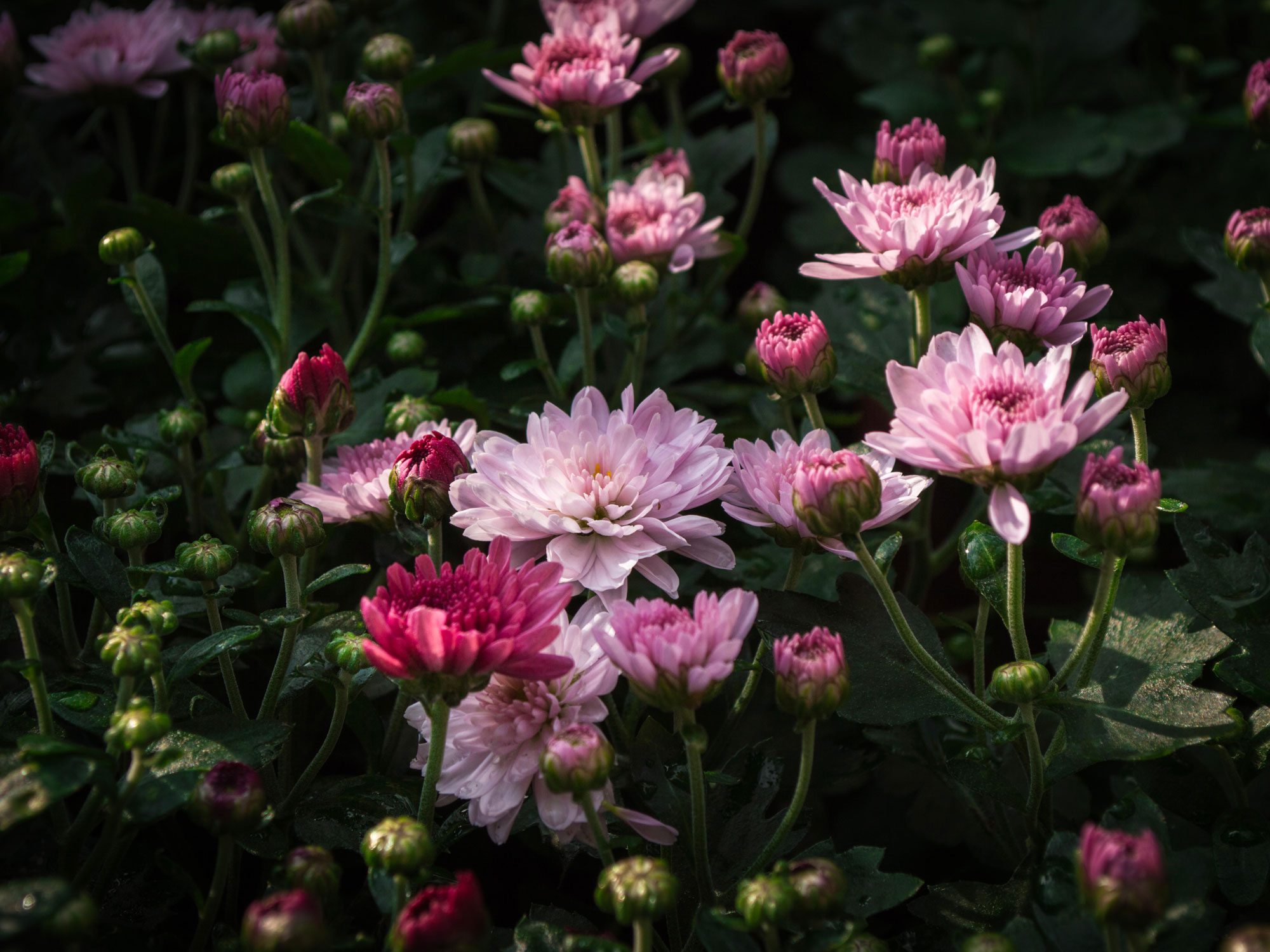
Often perennial plants will tell you themselves that it's time to divide them. You may notice your plants have fewer blooms or that the center of the clump is starting to look dry or dead. Or maybe your plant has simply outgrown its space and is crowding out other plants.
Most gardening experts make a point of dividing their perennials every three to five years to improve the performance of their plant. That's quite a broad margin and this is because division depends very much on the individual plant and the particular set of growing conditions where it has been planted.
If perennials are grown in a sunny location with moist, rich soil they will need to be divided more frequently than the same plant growing in less favorable conditions. So if you're wondering if it might be time to divide perennials the answer is to check over your plant and take action accordingly. If it's thriving with impressive growth and plenty of flowers this means it's time to split the clump.







